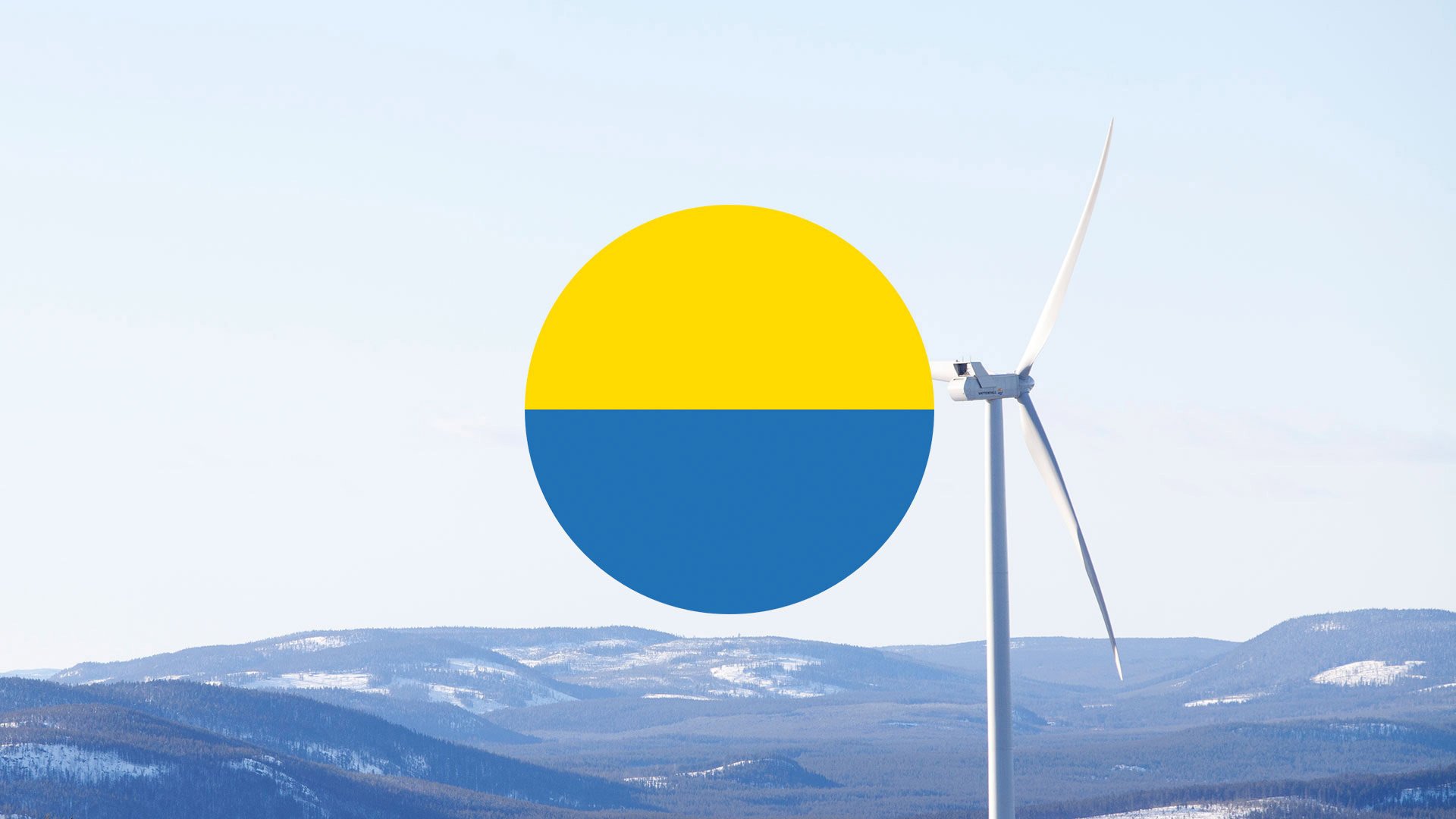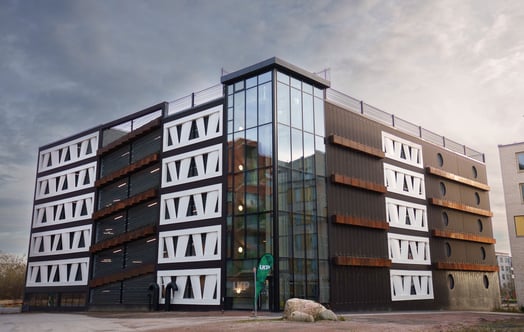Vattenfall is changing – now also visually
With this rebranding, Vattenfall is demonstrating the determination to make it possible for everyone to live fossil-free within one generation. At the same time, the overall handling of the Vattenfall brand is being streamlined.
Today, Vattenfall is a different company in many ways, compared to just a couple of years ago. A company with the aim to play a leading role in the transition to a fossil-free society, working in a focused way to take the necessary steps along the way together with its customers and partners.
One year ago, Vattenfall embarked on an internal journey of change by defining its role and the social value that it contributes. This was formulated in the company purpose, to Power Climate Smarter Living. The rebranding is being carried out for business reasons and reflects a revived Vattenfall with new values and offerings.
"As a leading company, we want to project ourselves in a modern and clear way and build on our strengths. That's what our customers and the world around us expect of us," says Karin Lepasoon, Head of Communications at Vattenfall.

Surveys have shown how Vattenfall can streamline its marketing by strengthening its brand.
"By becoming clearer, we expect to make a greater impact and thus use each krona spent on marketing more effectively in future. Another element in this streamlining process is that we are also reducing the number of our brands, currently as many as 25, and will now replace them with one single updated Vattenfall brand," says Lepasoon.
Vattenfall has carried the same logo since 1992. During this time, the company has undergone fundamental changes. Starting out as a domestic Swedish electricity and energy company, it is now one of Europe's largest energy groups with a clear aim of promoting a climate-smarter lifestyle, with the distinct target of becoming fossil-free within one generation.
Market surveys based on more than 3,000 respondents in Sweden, Germany, Finland and the Netherlands have shown that Vattenfall's brand image – that is elements such as the logo, photos and colours – have failed to differentiate the company sufficiently from other energy companies.
"We saw that our competitors and the energy market as a whole conveyed more or less the same message and looked quite similar. The feeling evoked by our new image now reflects what differentiates us and what we really are: a competent and focused company which contributes to change on a much larger scale through a broader perspective. That is also what people like about Vattenfall," says Lepasoon.
The new brand design is not only about the new logo. Also colours, select photos, sound and music in videos, and much more are part of it. The new logo comes with a brand new font as well as different colours.
"We are convinced that we have created something that will be relevant to our customers and will distinguish us from our competitors. Over time, this means that our brand will do what it is designed to do – namely to drive our business forwards and contribute to a clear and positive image of Vattenfall," says Lepasoon.
Facts about the change
The change in our visual identity will take place gradually beginning at the end of March, Vattenfall's websites and signage on most of the more dominant sites will be changed. Other changes will take a little longer.
In order to balance cost and effect, some of our brand elements will not be changed until they have reached the end of their life cycle. This applies to, for example: vehicles, wind turbines, protective clothing, as well as logotypes in less visible locations.



